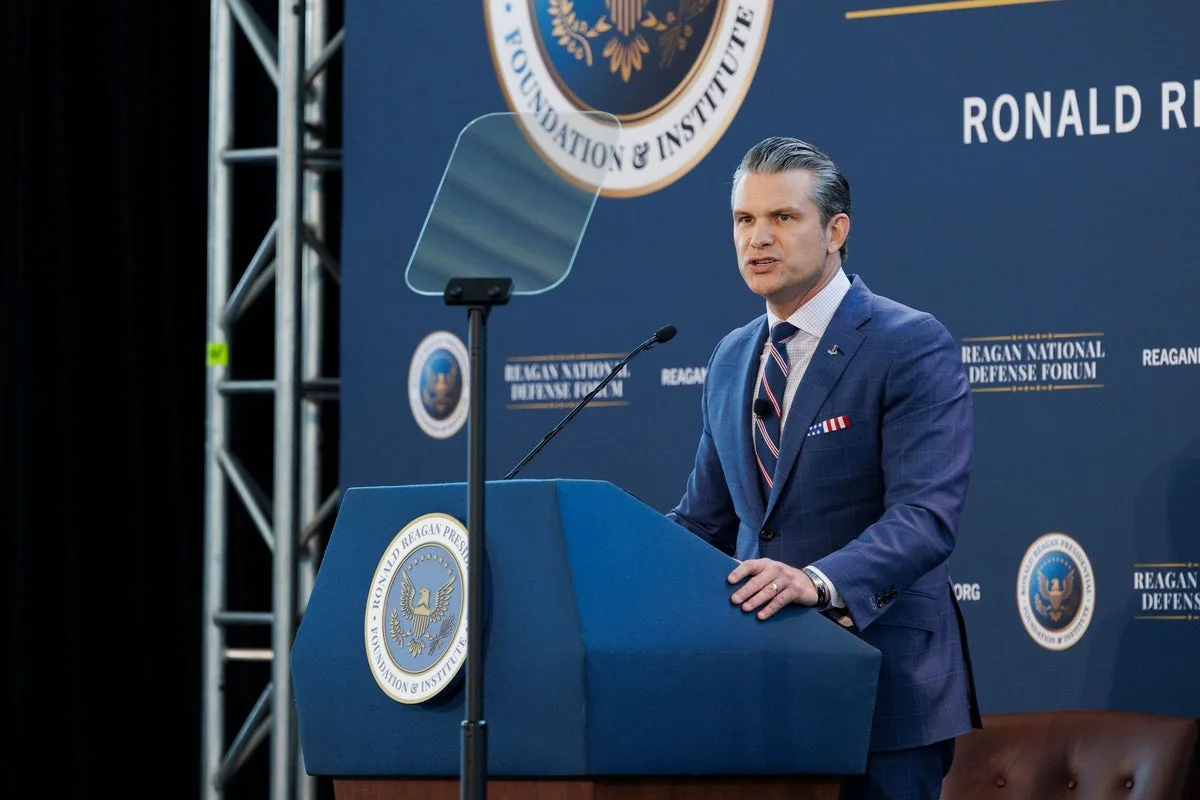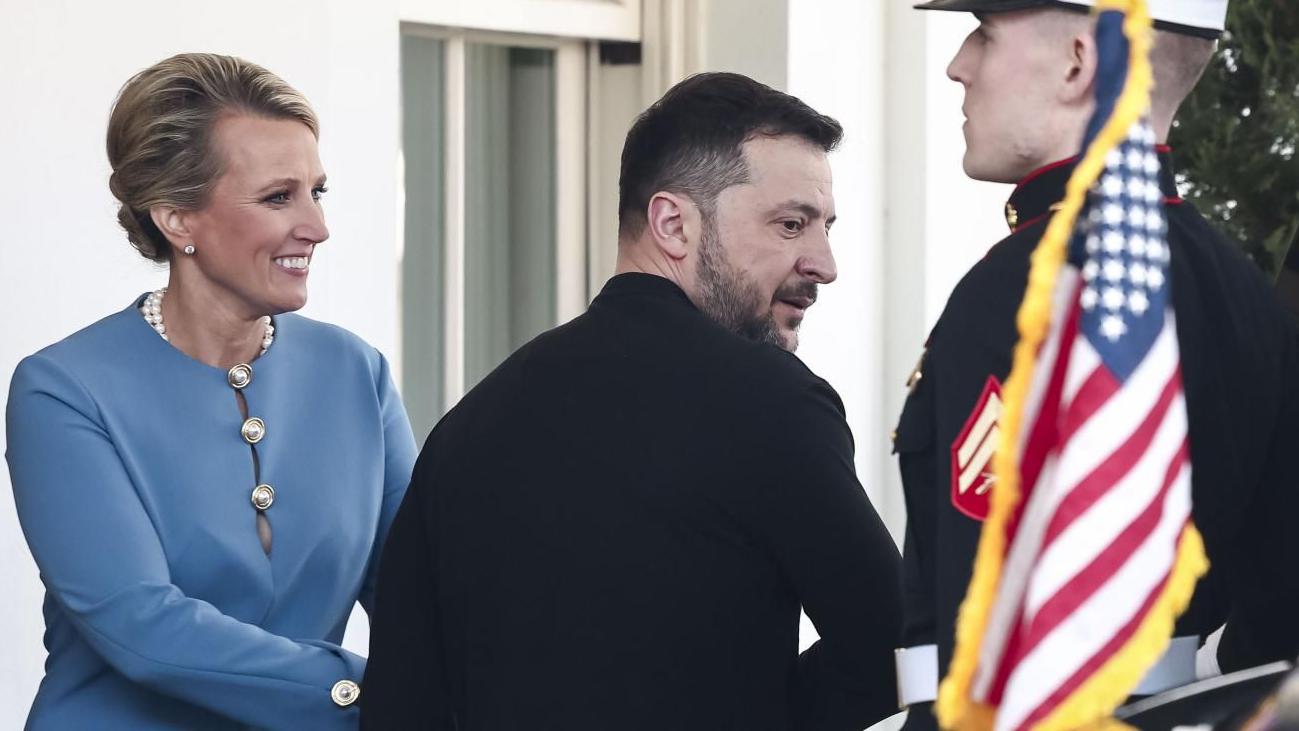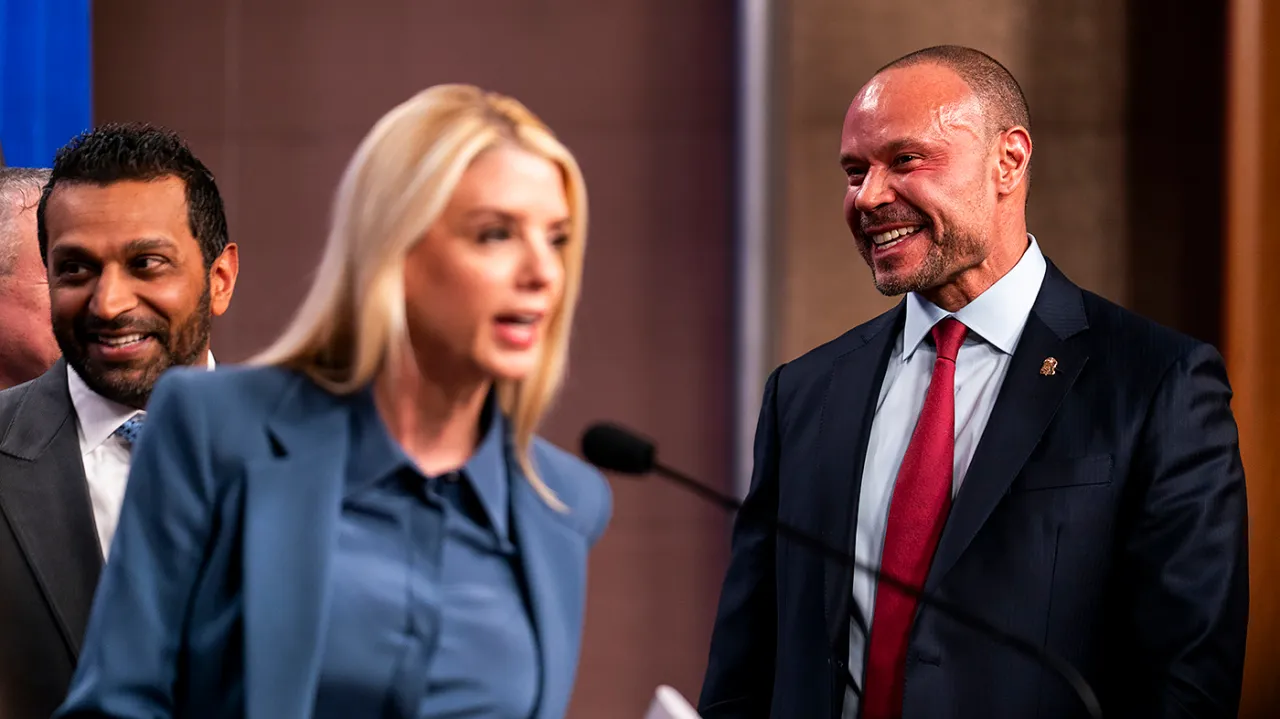Despite vacillating comments from key figures involved in negotiations to free the more than 100 hostages thought to still be detained in Gaza, U.S. officials remained bullish on Tuesday that months of gridlock could soon give way to an agreement that would also pause the fighting between Israel and Hamas.
“There’s no reason for us to change course here,” White House spokesperson John Kirby said. “I don’t want to sound too sanguine, but we believe that the work has been productive and we’re going to stay focused on that.”
The Biden administration’s cautiously optimistic outlook comes after a round of talks in Paris attended by CIA Director Bill Burns and representatives from Israel, Qatar and Egypt that resulted in a framework calling for a cessation in the hostilities that would last at least six weeks in exchange for the phased release of all hostages held by Hamas, according to two U.S. officials.
Israel has been bombarding Gaza for months, targeting Hamas fighters, since Hamas’ Oct. 7 terror attack sparked the current war.
At the same time, the U.S., Qatar and others have worked with some success to broker pauses in the fighting — both to free the hundreds of hostages taken by Hamas on Oct. 7 and to surge humanitarian aid into Gaza for civilians there as the death toll exceeds 26,000, according to the Hamas-run Gaza Ministry of Health.
The two U.S. officials said that the latest proposal stipulates that the elderly, women and any remaining children in captivity would be released first and that toward the end of the initial truce period, the parties would begin coordinating the return of captured members of the Israel Defense Forces, potentially cooling the conflict for an even longer period.
The framework also proposes the release of a large number of Palestinian prisoners held in Israel and additional humanitarian provisions for civilians in Gaza, the U.S. officials said.
On Monday, Secretary of State Antony Blinken gave a distinctly rosy report on the state of negotiations, declaring there was “some real hope going forward.”
“I think the work that has been done — including just this weekend — is important and is hopeful in terms of seeing that process resume,” Blinken said, referring to the staggered release of more than 100 hostages from Gaza during a weeklong pause in fighting in November.
“I believe the proposal that is on the table — and that is shared among all of the critical actors, of course Israel but also with Qatar and Egypt playing a critical role in mediating and working between Israel and Hamas — I believe the proposal is a strong one and a compelling one,” Blinken continued.
While Israeli Prime Minister Benjamin Netanyahu has not denied that Israel has signed onto a framework, he has conveyed more skepticism than Blinken — declaring this week that “gaps remain” and bucking at the notion that Israel would remove troops from Gaza or free “thousands of terrorists” as part of a prisoner exchange.
After initially rejecting the broad terms of the framework, a senior Hamas official said on Tuesday that the militant group was studying the proposal.
One U.S. official cautioned against taking any of the public comments related to the negotiations at face value, saying many of the statements amount to posturing and don’t reflect the conversations playing out behind closed doors.
Still, officials acknowledge obstacles remain. Intermediaries that regularly communicate with Hamas leaders believe they can get them on board — but negotiators still haven’t received a meaningful reply from the group and expect it will respond with a counteroffer.
“We hope this proposal will be accepted. We hope it will be implemented, and we hope to see a pause in fighting and hostages returned to their families,” State Department spokesperson Matthew Miller said on Tuesday. “And we’ll keep working on it.”




